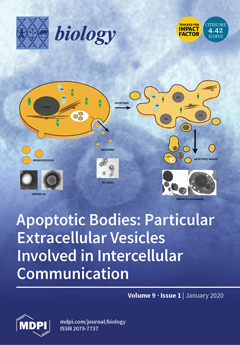Paphiopedilum is among the most popular ornamental orchid genera due to its unique slipper flowers and attractive leaf coloration. Most of the
Paphiopedilum species are in critical danger due to over-exploitation. They were listed in Appendix I of the Convention on International Trade in Endangered Species of Wild Fauna and Flora, which prevents their being traded across borders. While most
Paphiopedilum species are distinctive, owing to their respective flowers, their vegetative features are more similar and undistinguished. Hence, the conservation of these species is challenging, as most traded specimins are immature and non-flowered. An urgent need exists for effective identification methods to prevent further illegal trading of
Paphiopedilum species. DNA barcoding is a rapid and sensitive method for species identification, at any developmental stage, using short DNA sequences. In this study, eight loci, i.e., ITS,
LEAFY,
ACO,
matK,
trnL,
rpoB,
rpoC1, and
trnH-
psbA, were screened for potential barcode sequences on the Vietnamese
Paphiopedilum species. In total, 17 out of 22
Paphiopedilum species were well identified. The studied DNA sequences were deposited to GenBank, in which
Paphiopedilum dalatense accessions were introduced for the first time.
ACO,
LEAFY, and
trnH-
psbA were limited in amplification rate for
Paphiopedilum. ITS was the best single barcode. Single ITS could be used along with nucleotide polymorphism characteristics for species discrimination. The combination of ITS +
matK was the most efficient identification barcode for Vietnamese
Paphiopedilum species. This barcode also succeeded in recognizing misidentified or wrongly-named traded samples. Different bioinformatics programs and algorithms for establishing phylogenetic trees were also compared in the study to propose quick, simple, and effective tools for practical use. It was proved that both the Bayesian Inference method in the MRBAYES program and the neighbor-joining method in the MEGA software met the criteria. Our study provides a barcoding database of Vietnamese
Paphiopedilum which may significantly contribute to the control and conservation of these valuable species.
Full article






